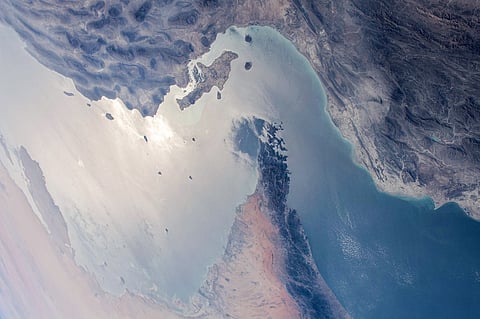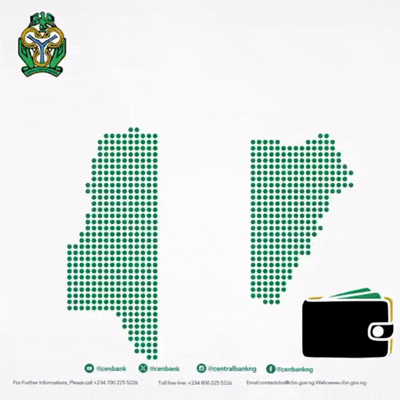The Strait of Hormuz is a strategic waterway for seaborne oil that has long been used by Iran as a geopolitical bargaining chip, with Tehran repeatedly threatening to close it during times of crisis.
Iran again threatened its closure after Israel launched a massive air campaign earlier this month targeting nuclear and military sites, with the United States also striking key nuclear facilities Sunday.
Iranian lawmakers floated the idea following the US attacks, though the decision remains with the National Security Council, Iran’s highest security body.
Tehran has for decades threatened to close the strait every time tensions soared, but never acted on its warning.
Here are the key points to know about the strategic waterway between Iran and Oman, at the centre of decades of regional tensions.
Gateway To The Gulf
The Strait of Hormuz links the Gulf to the Indian Ocean and is situated between Iran and Oman’s Musandam exclave.
Its narrowness, at around 50 kilometres (30 miles), and shallow waters, at no more than 60 metres (200 feet) deep, make it vulnerable to being sealed off militarily.
The strait is dotted with sparsely inhabited or desert islands, which are strategically important, notably the Iranian islands of Hormuz, Qeshm and Larak.
Among them are also the disputed islands of Greater Tunb, Lesser Tunb and Abu Mussa, which have been under Iranian control since 1971.
Oil Transit Hotspot
The strait is a vital corridor connecting the oil-rich Gulf with markets in Asia, Europe, North America and elsewhere.
According to the US Energy Information Administration (EIA), the Strait of Hormuz is “one of the world’s most important oil chokepoints”.
About one-fifth of global oil and petroleum product consumption flows through the strait averaging 20 million barrels per day in 2024, according to the EIA.
Around one-fifth of global liquefied natural gas trade also transited the Strait of Hormuz in 2024, primarily from Qatar, it said.
Saudi Arabia and the UAE have infrastructure to bypass the strait, potentially mitigating disruption, but their transit capacity remains very limited — around 2.6 million barrels a day.
“Large volumes of oil flow through the strait, and very few alternative options exist to move oil out of the strait if it is closed,” the EIA warned.
However, Iran “would gain little and lose a lot by actually doing it”, economist and Gulf specialist Justin Alexander said in a post on LinkedIn.
More than 80 percent of the oil and gas moving through the strait is destined for markets in Asia, according to the EIA.
READ ALSO:Concerns As Ecobank Nigeria’s Credit Rating Downgraded To CCC-, Outlook Negative
The move would draw retaliation and “undermine remaining alliances including with the GCC/Iraq, who would suffer the most severe economic impact, as well as oil and gas customers such as China,” Alexander said, referring to the Gulf Cooperation Council.
China, a key backer of Tehran, buys more than 90 percent of Iran’s oil exports, according to the analysis firm Kpler.
Thomas Juneau, a professor at the University of Ottawa, warned any closure “would block Iran’s own oil exports, when its economy is already struggling”.
Military Presence
Iran’s Revolutionary Guard, the ideological army of the Islamic republic, controls naval operations in the Gulf and the Strait of Hormuz.
Tehran has repeatedly criticised the presence of foreign powers in the region — home to the US Fifth Fleet in Bahrain and the Middle East’s largest US base in Qatar.
Last year, the Guards seized a container ship transiting the strait, accusing it of Israeli links, following a deadly attack on Iran’s consulate in Syria blamed on Israel.
In 2023, Western naval forces operating in the Gulf warned ships sailing in the strategic Strait of Hormuz against approaching Iranian waters to avoid the risk of seizure.
There have been a series of such incidents since 2018, when US president Donald Trump pulled out of a landmark nuclear deal with Iran and reimposed crippling sanctions on the Islamic republic, sending tensions soaring.
Oil transit was disrupted in 1984 during the Iran-Iraq War (1980-1988) when both sides attacked each other’s shipping, damaging or destroying more than 500 vessels in the so-called “Tanker War”.
AFP












